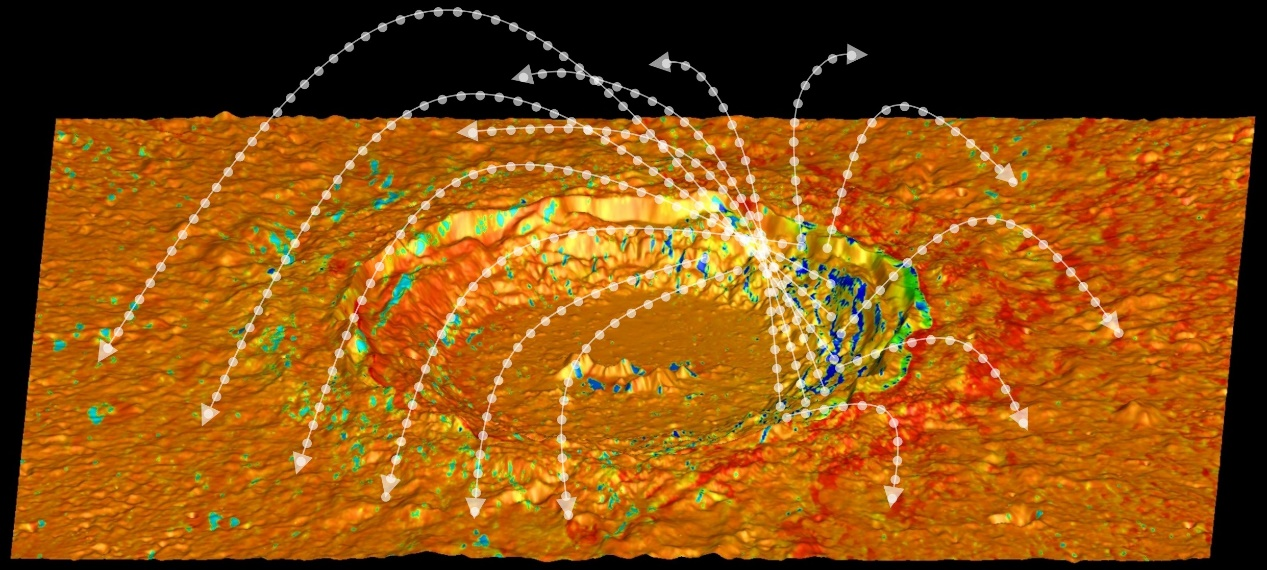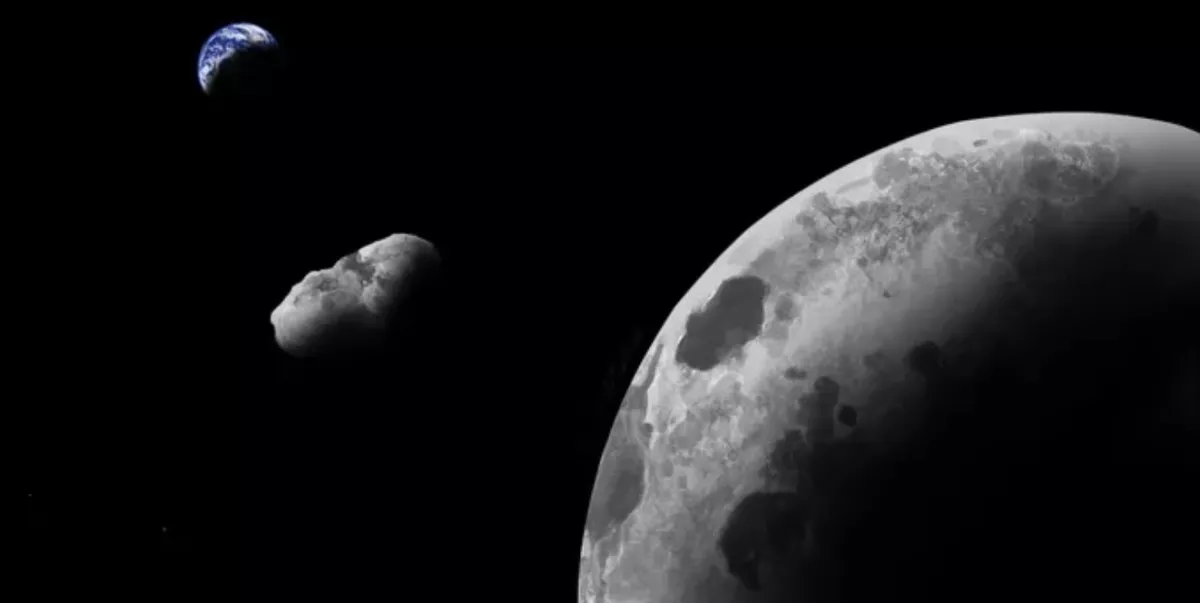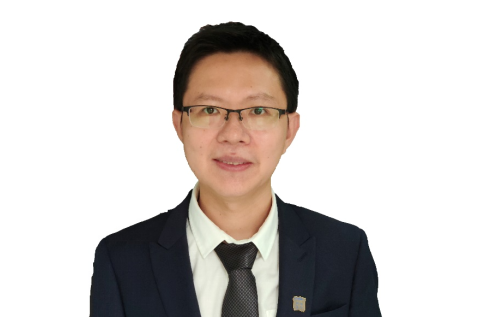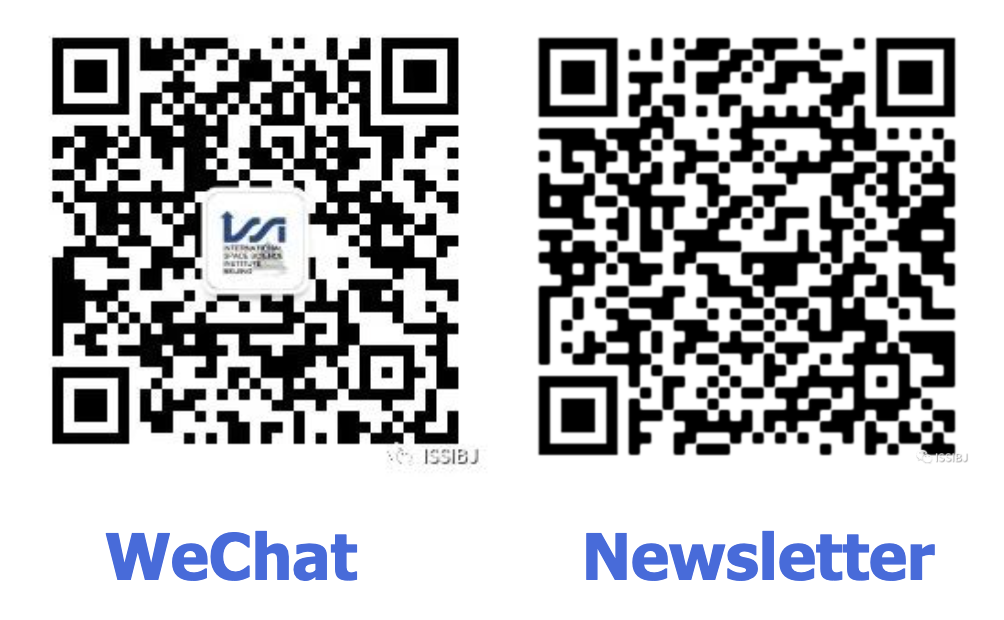Watch: Apr. 19 Prof. Xiaoping ZHANG: Exploring space-dust dynamics of Moon and asteroids with LADEE and Tianwen-2 mission
Speaker: Prof. Xiaoping Zhang
Macau University of Science and Technology
Apr.19
4pm GMT+8

Lunar dust, with its fine and abrasive particles, poses a significant challenge for lunar exploration. Lunar horizon glows (LHGs) observed in the Surveyor and Apollo missions provide direct evidence of dust levitation and transport near the terminator, with LHGs being interpreted as forward scattered sunlight from a cloud of lofted dust grains. Recent remote sensing measurements by Clementine and Lunar Reconnaissance Orbiter showed a very tenuous lunar dust exosphere with a dust density of less than 1 m?3. A high-density dust cloud was also absent in the in-situ measurements by the Lunar Atmosphere and Dust Environment Explorer (LADEE), where the tenuous asymmetric dust cloud was interpreted as the impact ejecta of cometary grains. However, the micrometeoroid impact mechanism could not explain the duration and the dust abundance (about 104 m?3) of the observed LHGs in Apollo era. This raises questions about why later observations show different results compared to the Apollo missions and what mechanism is responsible for transporting large amounts of lunar dust into an altitude of tens of kilometers.

In this talk, I will present new evidence of long-term dust deposition based on Chang’E-3 observations and five dust-fountain events observed by the LADEE mission near twilight craters. These observations support the mechanism of electrostatic dust transportation. In addition, experimental results of dust transportation under an electron beam radiation will also be presented. The findings shed light on the mechanism behind lunar dust transportation and provide valuable insights for future lunar surface explorations.
The upcoming missions of Tianwen-2 will involve measuring dust activities near active asteroids, which provides important opportunities for studying space dust transportation in the environment of space radiation and rarefied airflow. I will also briefly introduce the scientific objectives and status of the dust payload onboard Tianwen-2 mission.
About the Speaker
Xiaoping ZHANG is a physicist with a bachelor's and Ph.D. degree from the Department of Physics at Nanjing University. He has worked as a student assistant in Lawrence Berkeley National Laboratory and as a postdoc in Tsinghua University before joining Macau University of Science and Technology (MUST), where he currently serves as an associate professor and Deputy Director of the State Key Laboratory of Lunar and Planetary Sciences.
Dr. ZHANG's primary research interests are focused on lunar and planetary dust and radiation environments, as well as relativistic heavy ion collisions. He has published over 280 refereed publications, including about 200 collaboration papers, and has received over 9,000 citations. Dr. ZHANG has also been involved in the scientific data analysis for Chang'E 2-5 lunar exploration missions and LADEE missions.
Dr. ZHANG's scientific discoveries in the study of lunar and planetary surface environments have earned him recognition, including the first and second prizes of Macau Natural Science Awards. He is currently participating in several ongoing Chinese deep-space exploration missions, including Chang'E-7 and Tianwen-2.
Sign up to the ISSI-BJ Newsletter or follow us on WeChat (ISSIBJ)
to be always up-to-date and to not miss our seminars!



